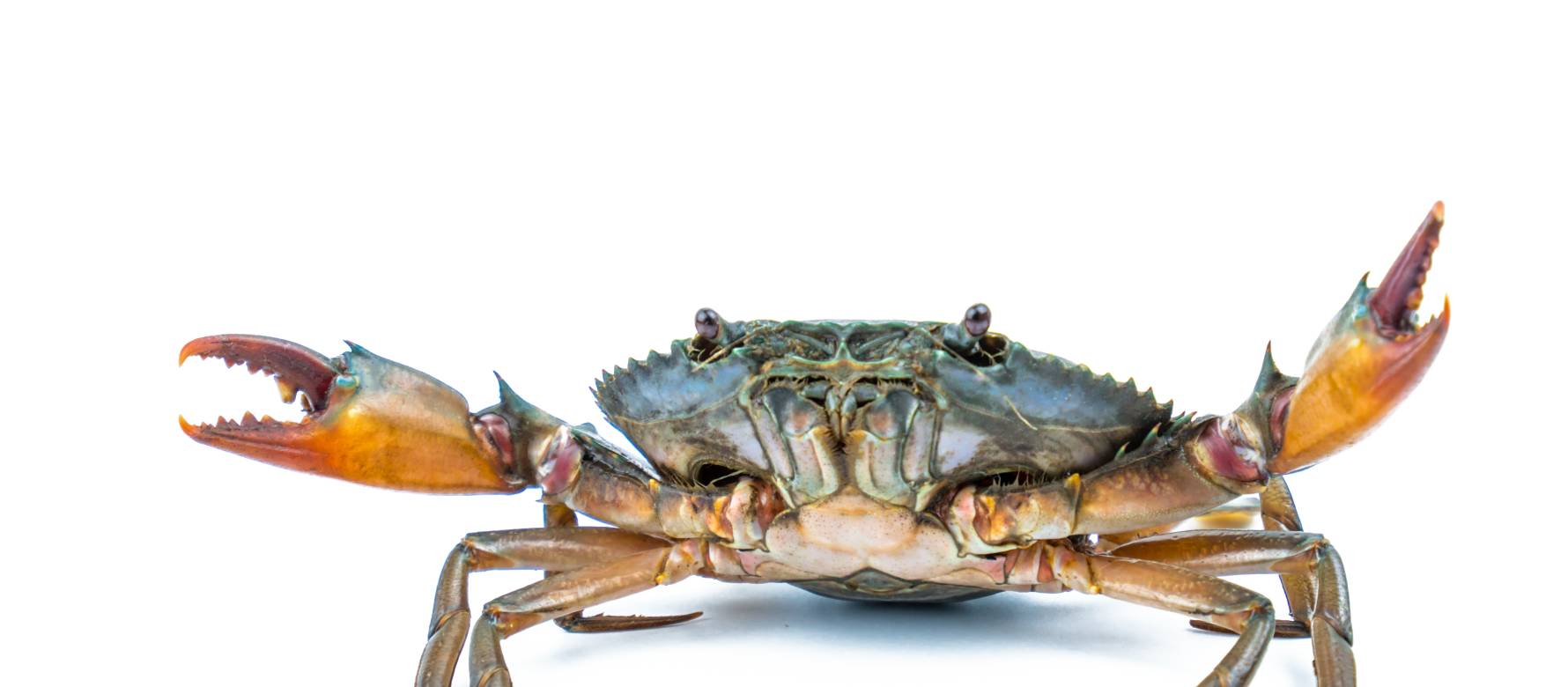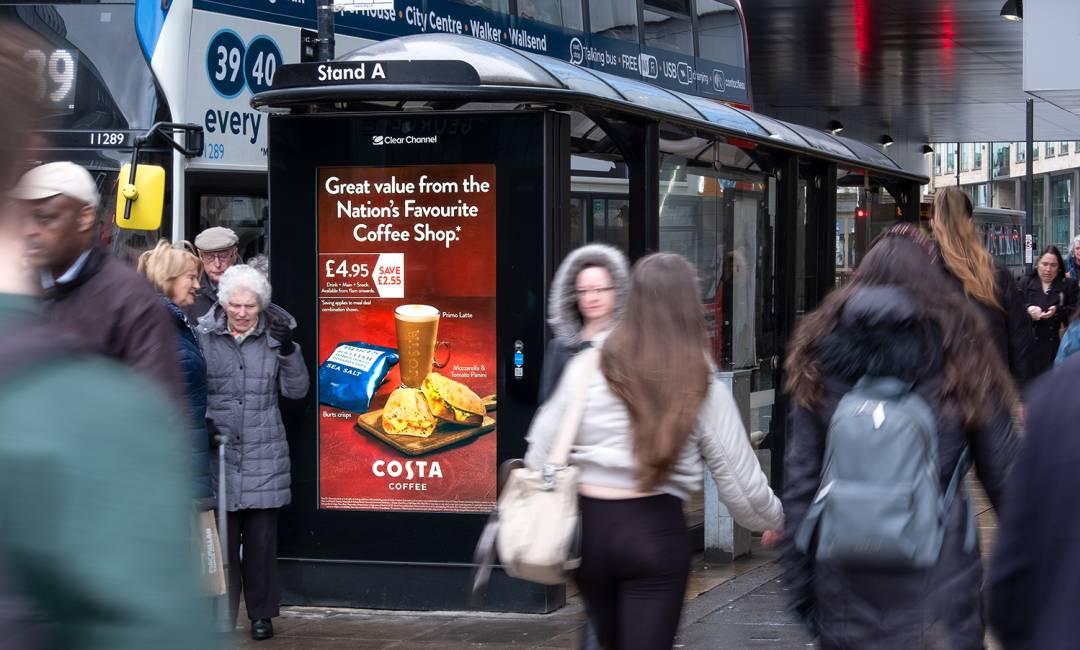Zombie Crabs vs. COVID 19 - Why Brands Shouldn't Panic
07 Aug 2020 / Opinions, Our People
Without question, my favourite parasite has to be Sacculina carcini.
Preying
on unsuspecting crab, Sacculina is akin to a living hypodermic needle that
injects itself into the crab, taking over both it’s body and brain to lay and
fertilise eggs within. It then has the cheek to convince said crab to care for
the eggs for six weeks as though they were her own. I say 'her' specifically,
because Sacculina is only interested in female crabs. However, in keeping with
our modern world, Sacculina doesn’t like to discriminate, so if you’re a male
crab, Sacculina will simply transform you into a suitable host by castrating you
and widening your abdomen so that you’re fit for purpose.
Let me guess. Sacculina is now your favourite parasite too?
As a marketer, the presence of such a parasite has always worried me somewhat. What if it were to one day breach it’s animal home and wreak havoc amongst the human population? As mere hosts, how would people make decisions about what products to buy? How would we influence this new breed of consumer?
Surely, we’d have to throw all our established marketing theory out the window. Could we still rely on the brilliance of Binet & Field to guide us? Would consumers still base purchase decisions on positive brand perceptions that need to be activated as and when they enter the market as a likely buyer?
Fortunately, this is not a question we currently face, nor, you’ll be pleased to hear, one that we are likely to. However, upon reading through the plethora of 'COVID-19 advice' I’ve received in recent months, one could easily assume that it's time to rip up the textbooks and start afresh.
Don’t get me wrong, I don’t take the current situation lightly - Coronavirus is truly dreadful and has impacted all of us. I do however question the extent to which the current situation necessitates a complete overhaul of marketing strategy.
To the best of my knowledge, Coronavirus is a respiratory disease with no reported impact on cognitive processing. In other words, the neurological process of decision making remains unchanged by the disease. As such, our established learnings still hold true – we must seek to develop positive mental structures in as many likely buyers as possible, whilst also remembering to activate these potential buyers as and when they enter the market as likely buyers.
Now, more than ever, is the time to trust in what we know and adapt these established learnings to the current climate. For example, if we know that within a given market, such as the automotive industry, purchases have been put on hold, then flex the rules: increase brand spend so that when this bottle-neck of likely buyers is finally released it’s your brand that’s at the top of the consideration list.
Or conversely, if there’s a rapid increase in likely buyers (as there has been for online streaming services), then flex the rules. Put some trust in the branding work you’ve done up to this point (please tell me you did some branding work?), activate, and reap the rewards.
Whatever you do, if at all possible, don’t do nothing. A brand that simply sits and waits is at the mercy of all that surrounds it – and we know how that turned out for the crab don’t we?
Lindsay Rapacchi, Head of Research & Insight
For more insights on the application of established marketing theory during a pandemic check out WhyOOH?
SHARE POST
PRESS ENQUIRIES





